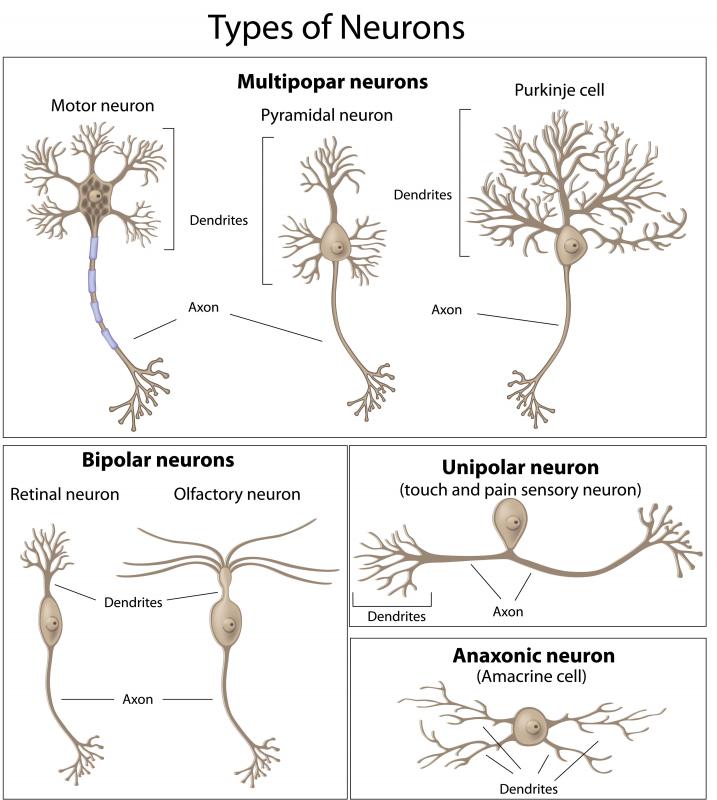At WiseGEEK, we're committed to delivering accurate, trustworthy information. Our expert-authored content is rigorously fact-checked and sourced from credible authorities. Discover how we uphold the highest standards in providing you with reliable knowledge.
What Is Involved in Axon Regeneration?
Axon regeneration is the process of repairing signal-carrying cells called neurons in the nervous system, specifically their transmitting shafts called axons. An axon carries a signal through the length of the neuron to its target, which can be muscles or other neurons. Popular culture holds a common misconception that neurons cannot be repaired or regenerated, but the human body repairs axons, and by extension neurons, on a very frequent basis. The degree of function that returns after this repair depends on a variety of factors, including the location of the injured neuron within the nervous system.
The process of axon regeneration is long, but done in a way that attempts to preserve as much function as possible during the repair steps. When an axon breaks, the neuron cell body begins producing many proteins to assist in regrowth. At the same time, nearby neurons extend additional temporary axon pieces to the broken axon's intended target, so they can take over at least some of the broken neuron's function while it is being repaired. The broken axon connected to the target is then destroyed by enzymes, and the remaining axon connected to the rest of the neuron is regrown to the target. Once the repaired axon is connected to the target, the temporary axon pieces extending from neighboring neurons die.

Certain types of neurons can undergo successful axon regeneration better than others. Nerve damage in the peripheral nervous system, which comprises all nerves outside of the brain and spinal cord, can often be repaired fully with regeneration. For example, if one suffers nerve damage in the hand or foot from an injury, this damage will frequently repair itself in time. In contrast, nerve damage to the brain or spinal cord can cause significant damage that may not repair fully. Regeneration can fail completely in these areas, which is why paralysis is often permanent.

Axon regeneration may fail in the brain and spinal cord for three reasons. Neurons in the brain and spinal cord inhabit a significantly different environment than those in the peripheral nervous system, and that environment can inhibit axon regeneration. The neurons in this region also have a regeneration response that is naturally weaker than in other areas of the body. A scar that forms on axons, called a glial scar, is much more prone to form in the brain and spinal cord, and this scar prevents the axons from regrowing. Attempts to understand these limitations on axon regeneration are ongoing, and future progress will likely improve the lives of many nerve damaged people.
AS FEATURED ON:
AS FEATURED ON:












Discuss this Article
Post your comments